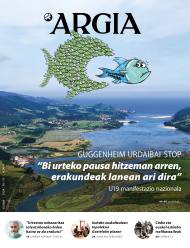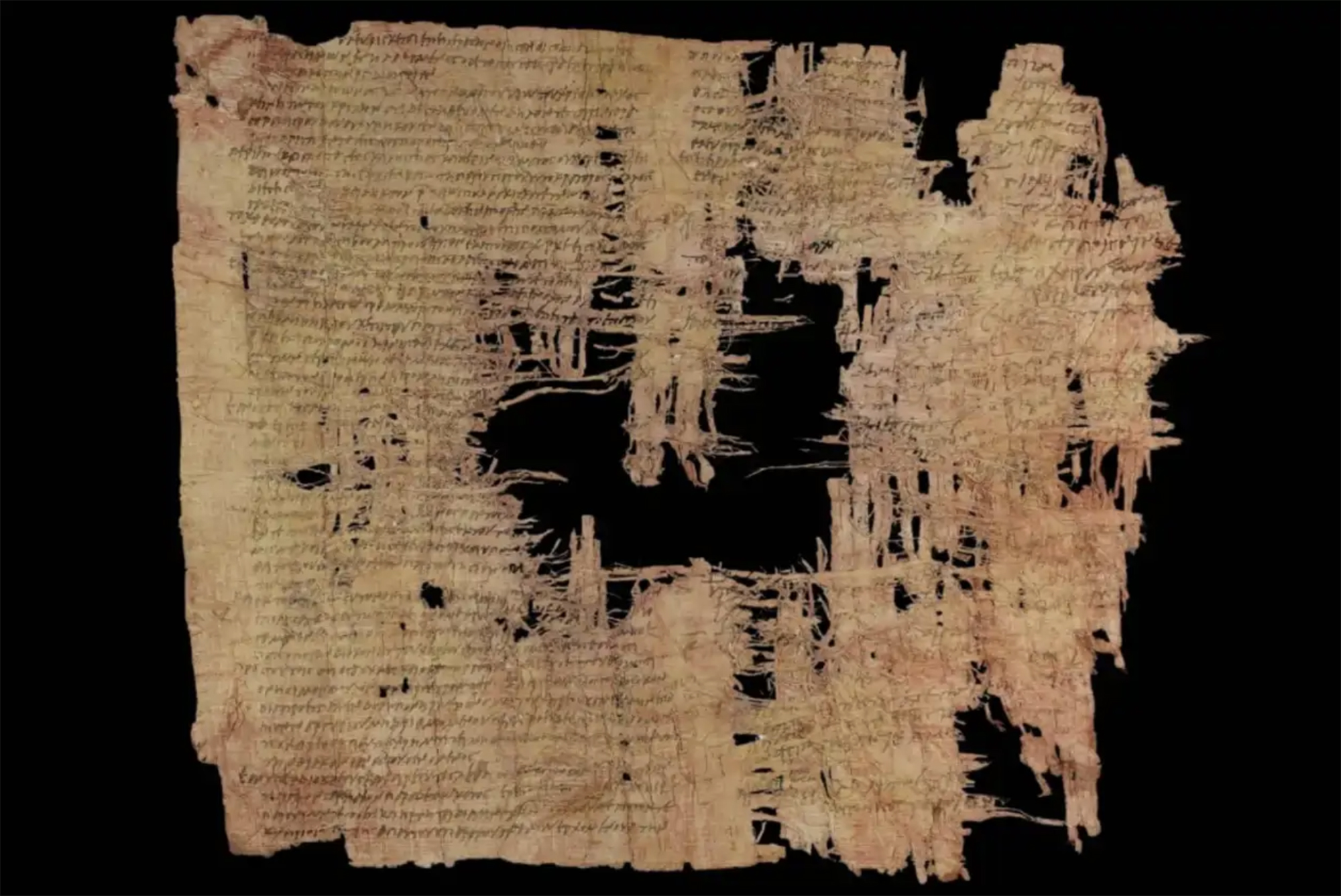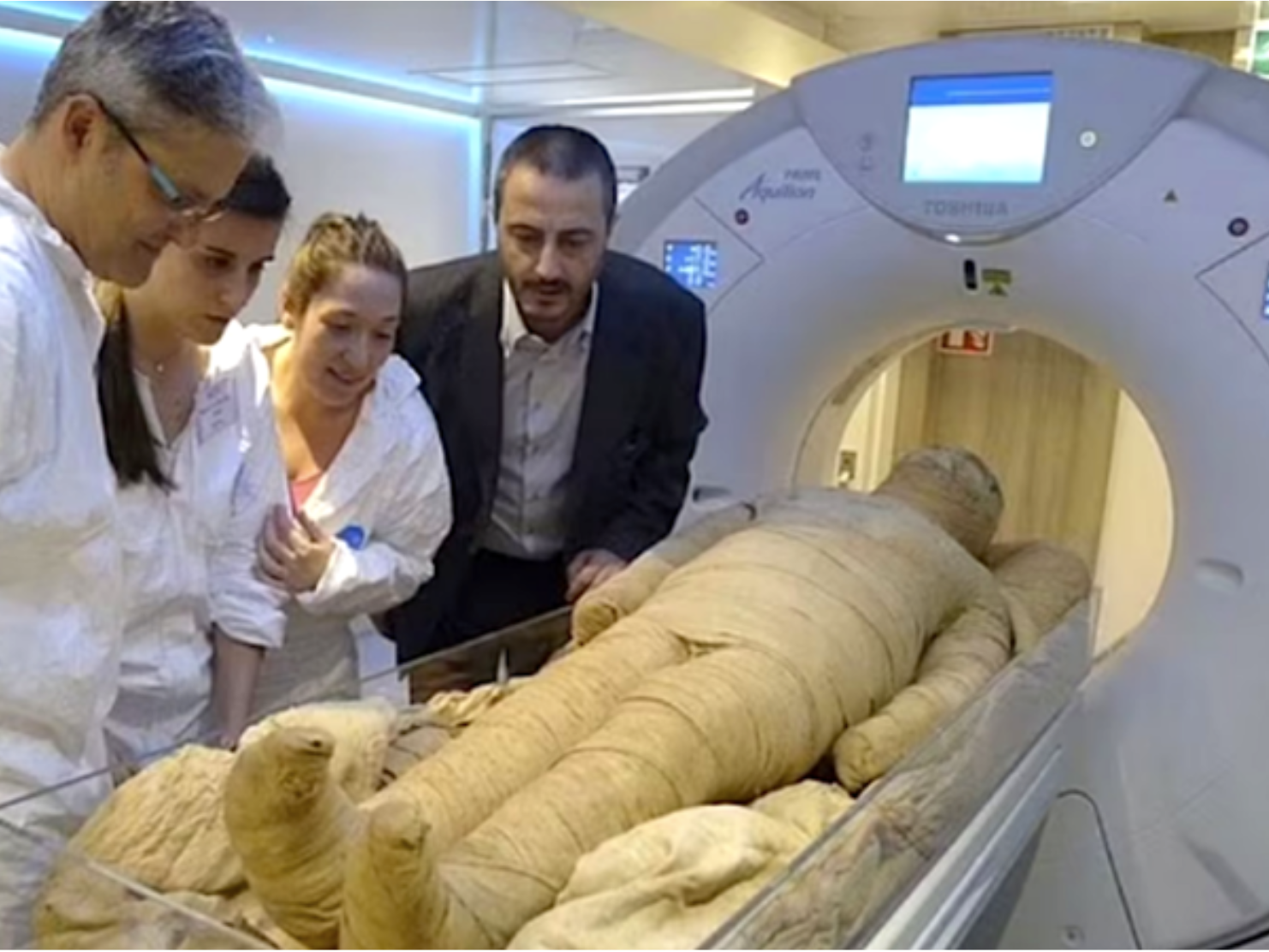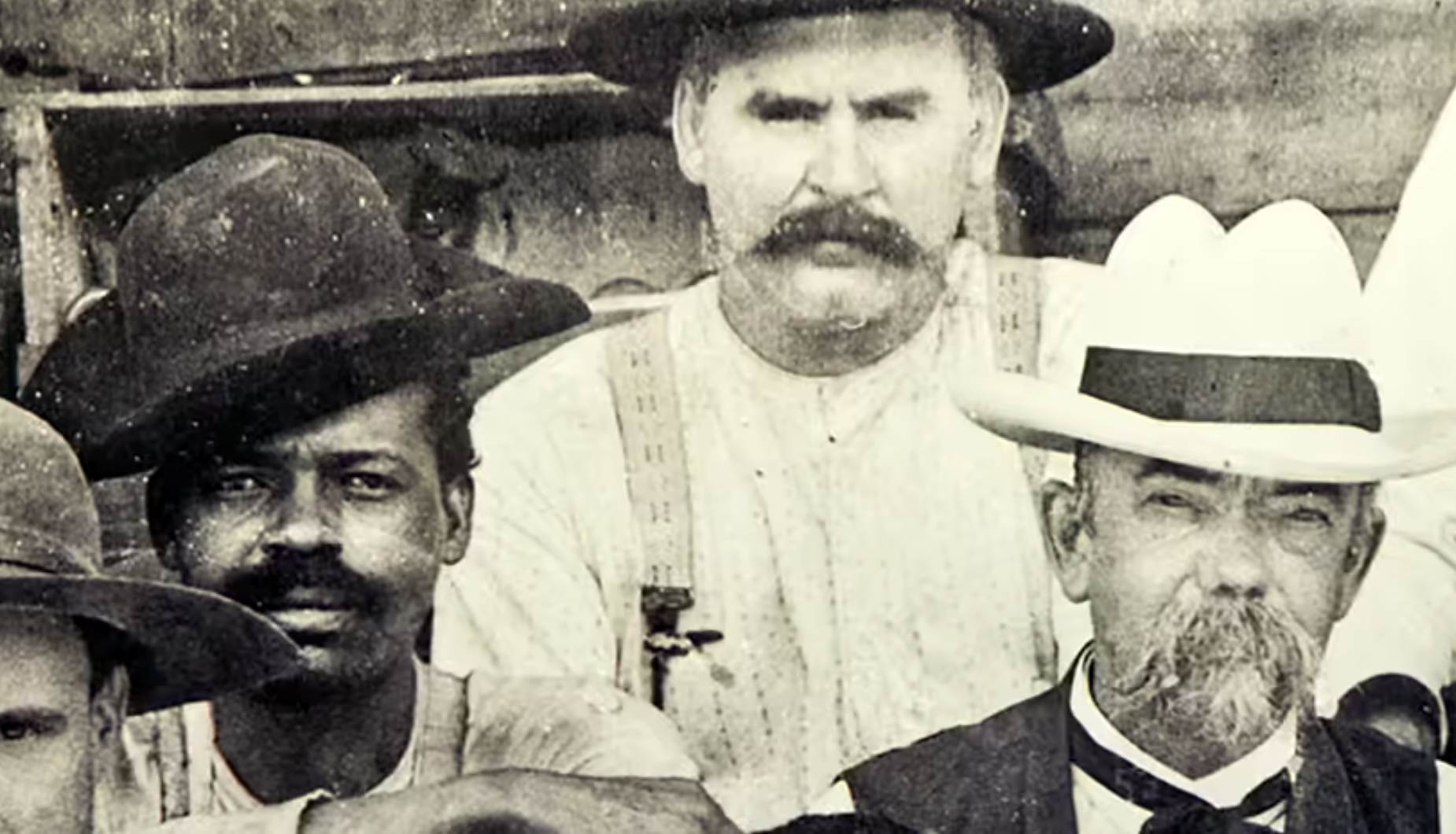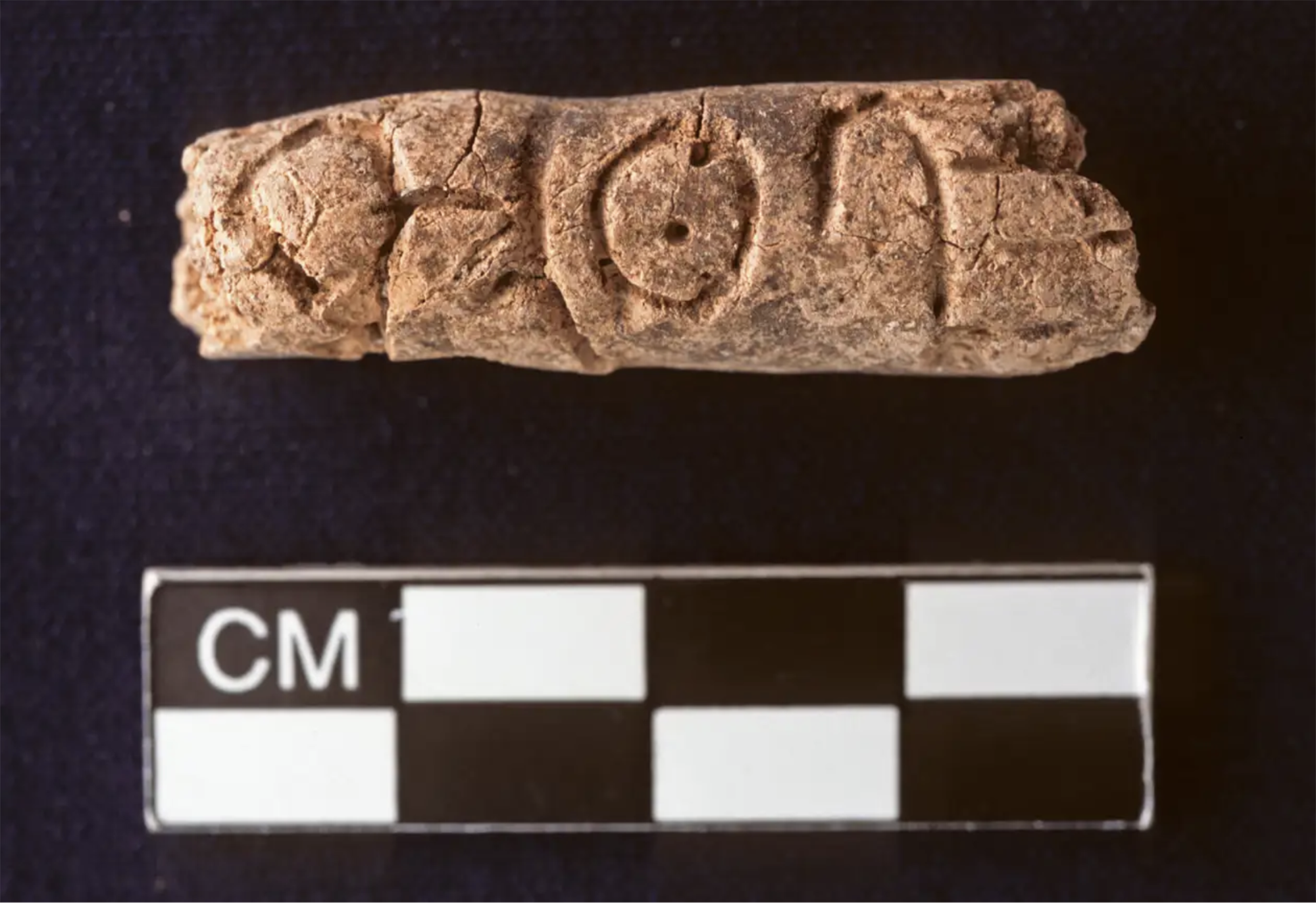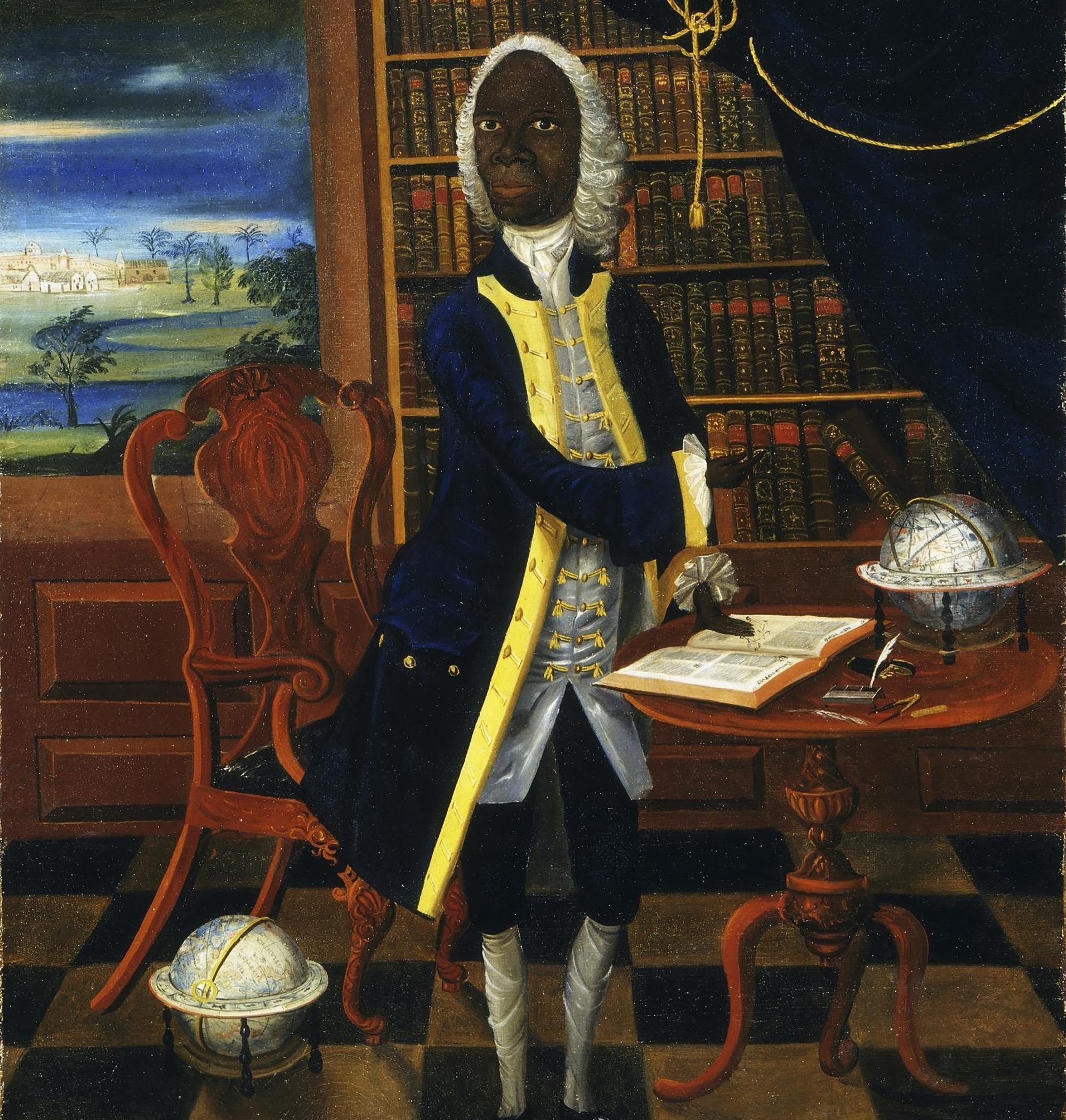Aware was robbed of the stars

Tijarafe (Canary Islands), mid-14th century. When the first Catholic monks came to the area of the island of La Palma, the Awares, the local Aborigines, saw that they worshipped the sun, the moon and the stars.
And this has been confirmed by the archaeological campaigns carried out in recent years in Tijaraf. In the framework of the West project, organized by the City Hall and the company Cultania, the III was celebrated this summer. The Archaeological Campus has been completed and about 30 sites have been identified. “This represents the high density Aboriginal occupation,” according to the archaeologist Javier Soler. In total, more than 100 sites have been recorded. It has been found that some of the many ravines and caves in the area were used to bury the dead and worship the stars, while others, more suitable for it, were used as a place of residence. “They formed large domesticated units that economically exploited the environment and symbolically appropriated the landscape.”
Awa's beliefs were not destroyed without further destruction, but were interpreted according to Catholic theology. “They knew the discourse of the natives and manipulated it strategically, among other things, imposing the cult of images as a dogmatic model”
But when the Castilians arrived, both symbolically and economically they took over these places. After the Catholic monks, in the 15th century, came the military conquest and forced evangelization with it. “They banned indigenous practices, rejected the islands’ cosmogony and destroyed their own forms of knowledge to incorporate new ones,” says Miguel A. The historian Martín González and founder and director of the journal Iruene on Prehistory of the island of La Palma. “The Christianization process was pretty fast, thanks to wild acculturation and syncretism.” In fact, Awa's beliefs were not destroyed without further destruction, but were interpreted according to Catholic theology. “They knew the discourse of the natives and manipulated it strategically, among other things, imposing the cult of images as a dogmatic model.” For example, at the beginning of the sixteenth century, they brought to Tijaraf an image of the Virgen del Candelario, they put Pino Araujo in a cave of the ravine, used until then by the awares, and from then on it would be called “Cueva de la Virgen”.
Today, around Candelaria Day, on February 2, from the Church of the Candelaria of Tijaraf, the appearance of the star Canopus among the rocks of La Pileta and Guanche can be observed. These two rocks have found engravings, canals and other marks on the cliffs, indicating that they were sacred places for the Aware. Before being conquered by Catholics, for them the star Canopus announced the rainy season.
And today, on 12 October, some still celebrate the cultural destruction that has taken place in the Canaries and America.
Poloniar ikerlari talde batek Sevillako Italica aztarnategiko Txorien Etxea aztertu du, eta eraikinaren zoruko mosaikoak erromatar garaiko hegazti-bilduma xeheena dela ondorioztatu du.
Txorien etxean 33 hegazti daude mosaikoetan xehetasun handiz irudikatuta. Beste... [+]
Judea, 2nd century AD. In the turbulent atmosphere of the Roman province, a trial was held against Gaddaliah and Saul, accused of fraud and tax evasion. The trial was reported on a 133-line paper in Greek (pictured). Thinking that it was a Nabataean document, the papyrus was... [+]
Vietnam, February 7, 1965. The U.S. Air Force first used napalma against the civilian population. It was not the first time that gelatinous gasoline was used. It began to be launched with bombs during World War II and, in Vietnam itself, it was used during the Indochina War in... [+]
Archaeologists have discovered more than 600 engraved stones at the Vasagård site in Denmark. According to the results of the data, dating back to 4,900 years ago, it is also known that a violent eruption of a volcano occurred in Alaska at that time. The effects of this... [+]
Japan, 8th century. In the middle of the Nara Era they began to use the term furoshiki, but until the Edo Era (XVII-XIX. the 20th century) did not spread. Furoshiki is the art of collecting objects in ovens, but its etymology makes its origin clear: furo means bath and shiki... [+]
In an Egyptian mummy of 3,300 years ago, traces of Yersinia pestis, the bacterium that caused the Justinian plague in the 6th century and the Black Plague in the 14th century, have just been found.
Experts until now believed that at that time the plague had spread only in... [+]
Greenland, the end of the 10th century. The first Scandinavian explorers and settlers arrived on the island. But by the 15th century these settlements had been abandoned and the original Inuit remained. But in 1721, the missionary Hans Egede organized an expedition and the... [+]
In 2017, Indonesia and the Netherlands signed an agreement to return the heritage stolen by the European country because of colonialism for three centuries. The Indonesian responsible for the return process, Gusti Agung Wesaka Puja, explained that this agreement "was important in... [+]
Greece 1975. The country began the year as a republic, three weeks earlier, in the referendum on 8 December 1974, after the citizens decided on the end of the monarchy.
A decade earlier, in 1964, when King Paul I died, his son Constantine took the throne at the age of 23.
But... [+]
Copenhagen, 18 December 1974 At 12 noon a ferry arrived at the port, from where a group of about 100 Santa Claus landed. They brought a gigantic geese with them. The idea was to make a kind of “Trojan Goose” and, upon reaching the city, to pull the white beard costumes... [+]
Tennessee (United States), 1820. The slave Nathan Green is born, known as Nearest Uncle or Nearest Uncle. We do not know exactly when he was born and, in general, we have very little data about him until 1863, when he achieved emancipation. We know that in the late 1850s Dan... [+]
New York, 1960. At a UN meeting, Nigeria’s Foreign Minister and UN ambassador Jaja Wachucu slept. Nigeria had just achieved independence on 1 October. Therefore, Wachuku became the first UN representative in Nigeria and had just taken office.
In contradiction to the... [+]
Researchers at Johns Hopkins University have discovered several cylinders with inscriptions at the present Syrian Reservoir, the Tell Umm-el Marra. Experts believe that the signs written in these pieces of clay can be alphabetical.
In the 15th century a. The cylinders have... [+]
London 1928. At the Victoria and Albert Museum there was a very special painting: in the painting there is a black man, with wig and Levite, surrounded by books and scientific instruments. Thus it was catalogued in the Museum: “Unique satirical portrait representing a failed... [+]
Ethiopia, 24 November 1974. Lucy's skeleton was found in Hadar, one of the oldest traces of human ancestors. The Australian hominid of Australopithecus afarensis is between 3.2 and 3.5 million years old.
So they considered it the ancestor of species, the mother of all of us. In... [+]









